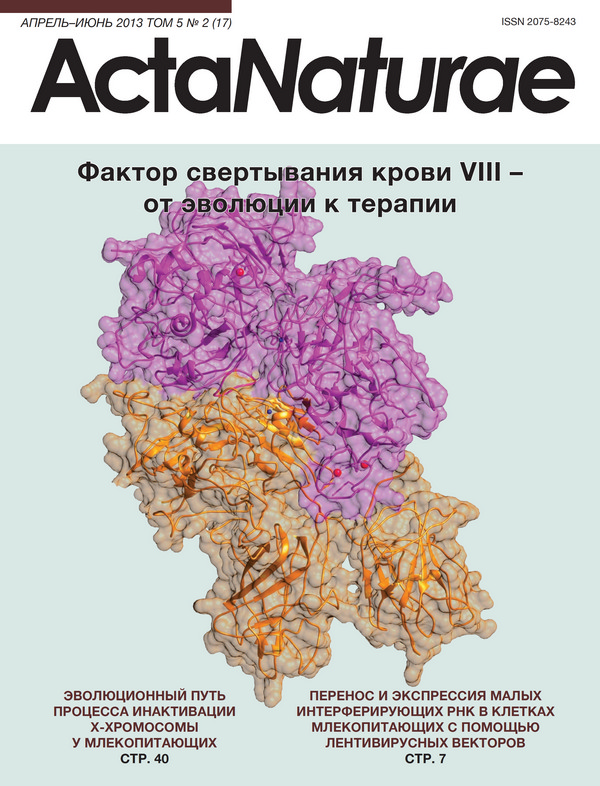Abstract
Whole transcriptome profiling is now almost routinely used in various fields of biology, including microbiology. In vivo transcriptome studies usually provide relevant information about the biological processes in the organism and thus are indispensable for the formulation of hypotheses, testing, and correcting. In this study, we describe the results of genome-wide transcriptional profiling of the major human bacterial pathogen M. tuberculosis during its persistence in lungs. Two mouse strains differing in their susceptibility to tuberculosis were used for experimental infection with M. tuberculosis. Mycobacterial transcriptomes obtained from the infected tissues of the mice at two different time points were analyzed by deep sequencing and compared. It was hypothesized that the changes in the M. tuberculosis transcriptome may attest to the activation of the metabolism of lipids and amino acids, transition to anaerobic respiration, and increased expression of the factors modulating the immune response. A total of 209 genes were determined whose expression increased with disease progression in both host strains (commonly upregulated genes, CUG). Among them, the genes related to the functional categories of lipid metabolism, cell wall, and cell processes are of great interest. It was assumed that the products of these genes are involved in M. tuberculosis adaptation to the host immune system defense, thus being potential targets for drug development.







